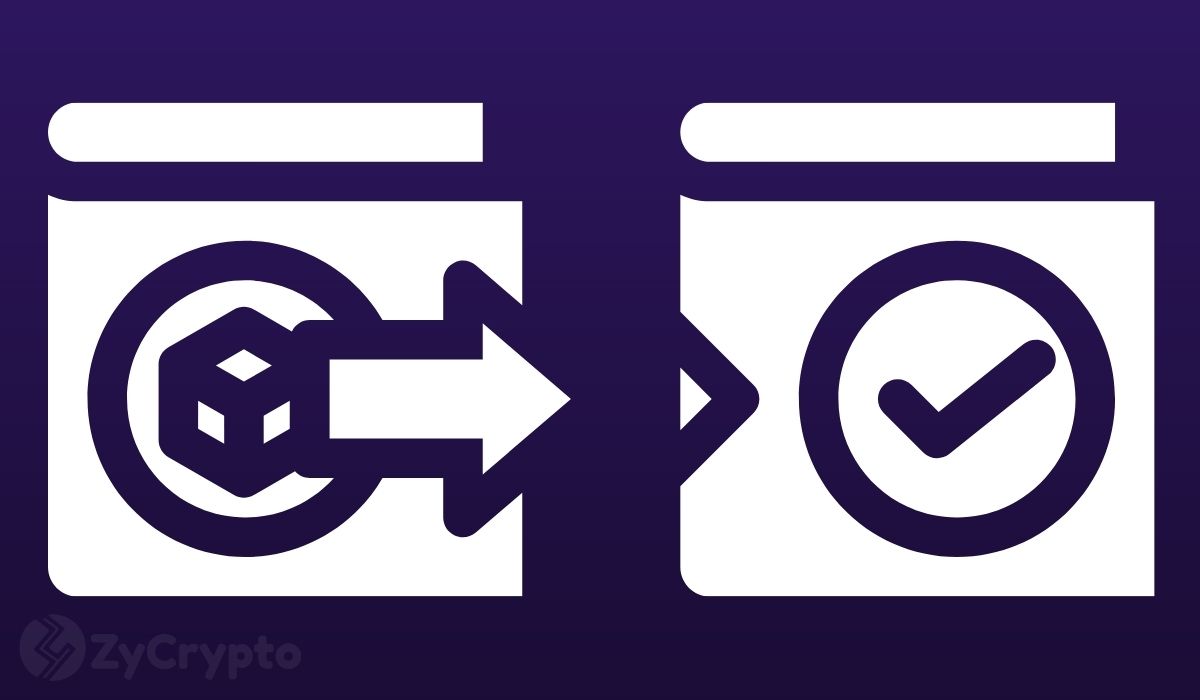Key takeaways
- Solana’s massive adoption has been a major driver of the price upsurge of its native token SOL.
- According to Chris Cantino, this is likely to continue as Ethereum struggles with gas fees.
- The venture capitalist thinks Solana will see more NFT activities.
This year, the Solana blockchain has gained extensive adoption in the crypto-industry. Solana-based products were purchased by investors who even favored these products over many other leading assets.
Solana’s increased adoption has spilled into the market performance of its native coin SOL. Since the start of the year, SOL has surged as high as 12,936.8%. The crypto asset started the year trading at around $1.49 but reached an all-time high of $235 this month having surged around 473.4% in less than 3 months.
By all indications, the future seems to hold even more promise for the Solana network as well as its native token. This is because more cryptocurrency proponents are opining that the network is well-positioned to disrupt Ethereum’s NFT dominance in the market as more projects, artists and investors move to Solana’s cheaper offering.
According to the co-founder of venture capital firm Color Capital, Chris Cantino, the Ethereum network is becoming a victim of its massive success as well as its sluggish migration to proof-of-stake ETH 2.0. Cantino noted that Ethereum’s high gas fees had made it untenable for most new NFT projects, hence competitors – of which Solana is the most well-positioned – were bound to see a massive move of the NFT market to them.
Cantino goes on to explain how this is going to happen. He points to the massive innovation ongoing on the Solana blockchain, especially with NFTs where developers are experimenting with NFT staking, burning, evolving or breeding, farming, and swapping. These innovations are happening rapidly due to the low cost of transactions on Solana which is typically just cents compared to Ethereum’s double and triple-digit gas fees. Cantino also regards the very effective user experience on the blockchain.
Furthermore, he predicts that it won’t take long before a large chunk of the NFT market ditches Ethereum and moves to Solana. All that is needed for this to happen is for one well-recognized NFT marketplace such as OpenSea, or one major NFT influencer to “test the waters.”
Cantino’s assertion isn’t far-fetched. In the about 3 months that Solana has had NFTs enabled, the network has seen the total market cap of NFTs sold on it surpass the one billion dollar mark. Data from Solanlysis reveals that the market cap of NFTs on the blockchain stands at around $735 million, with two projects – Solana Monkey Business and Degenerate Ape Academy – contributing around 46% of the value.







